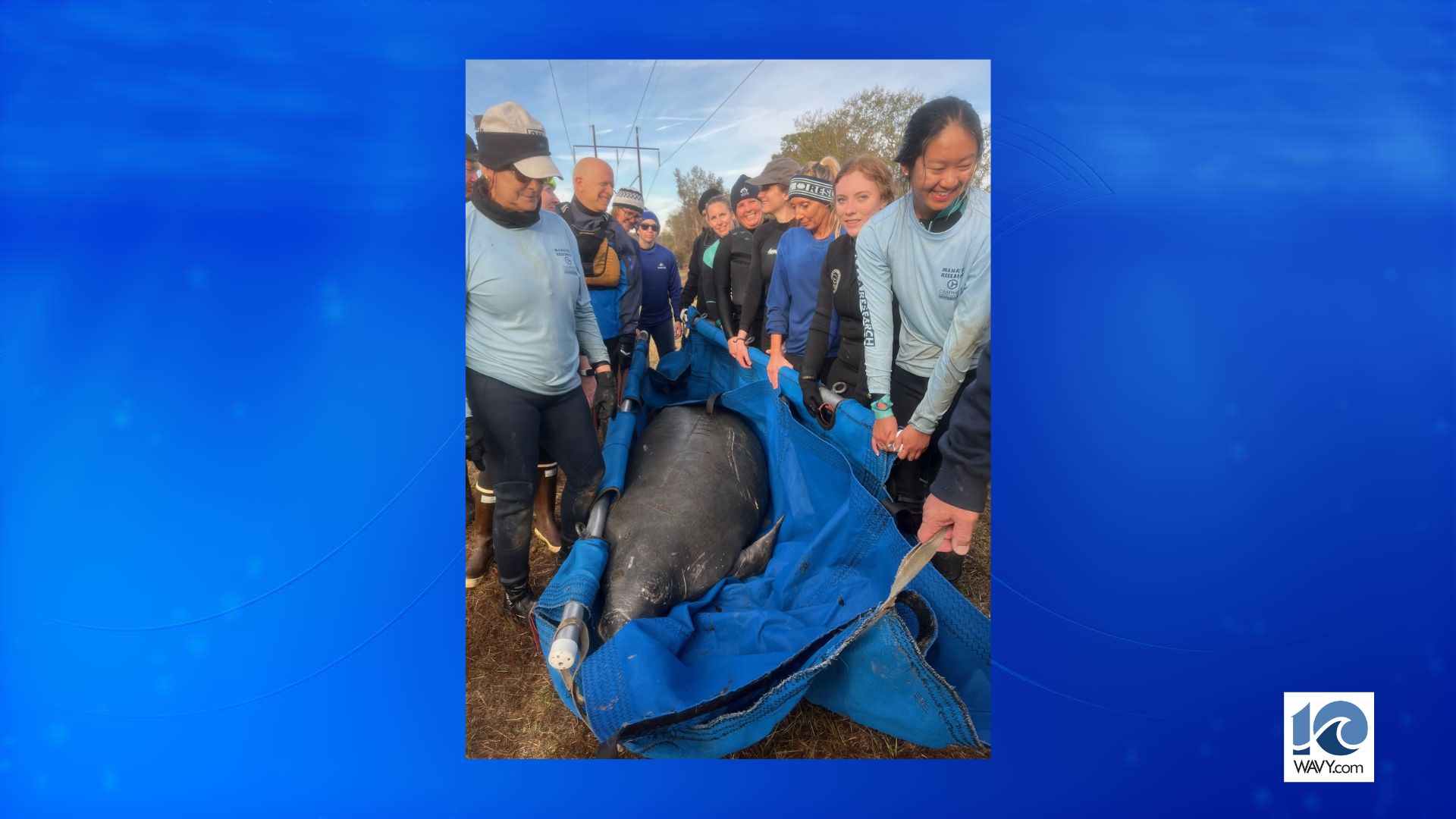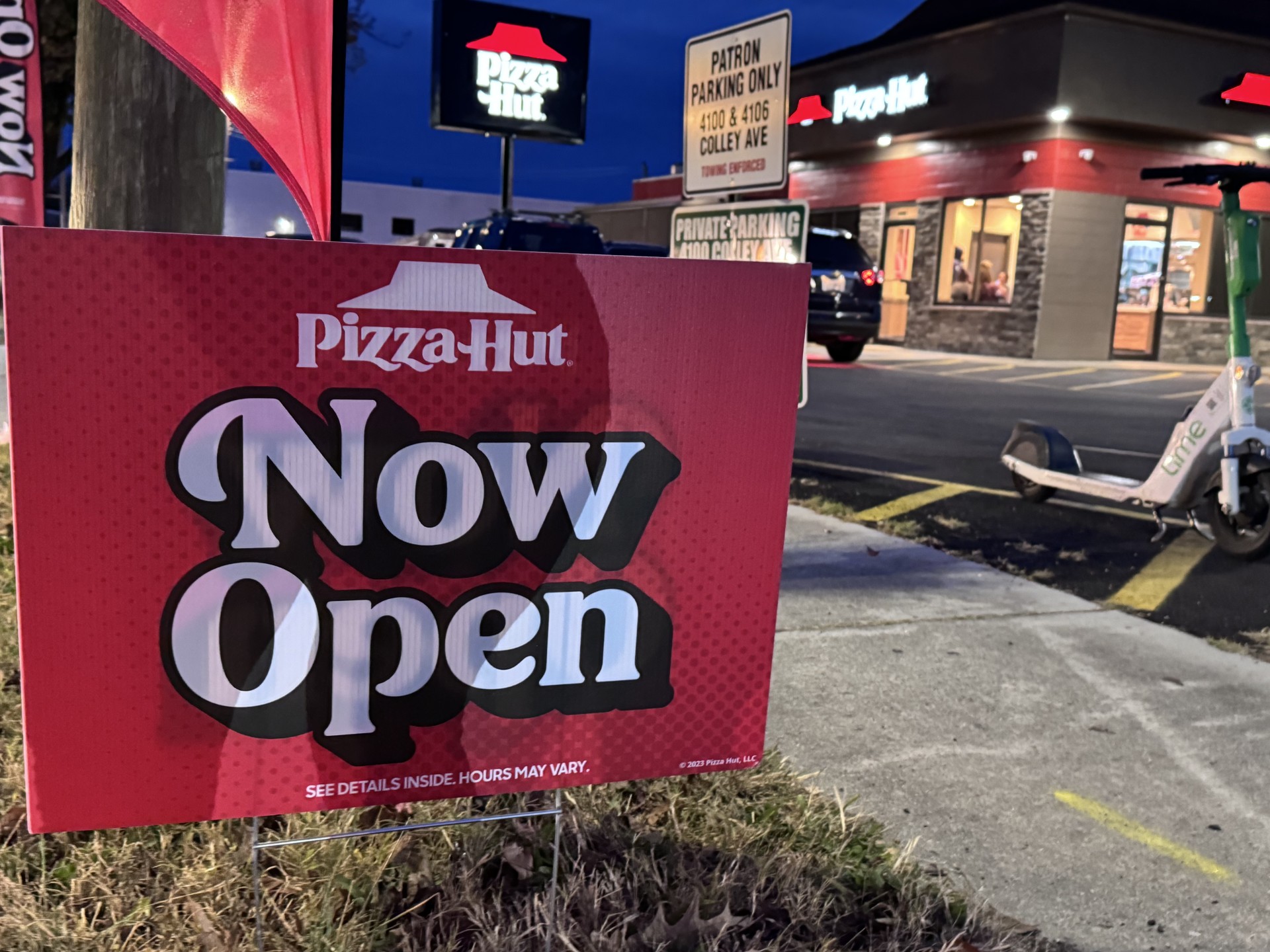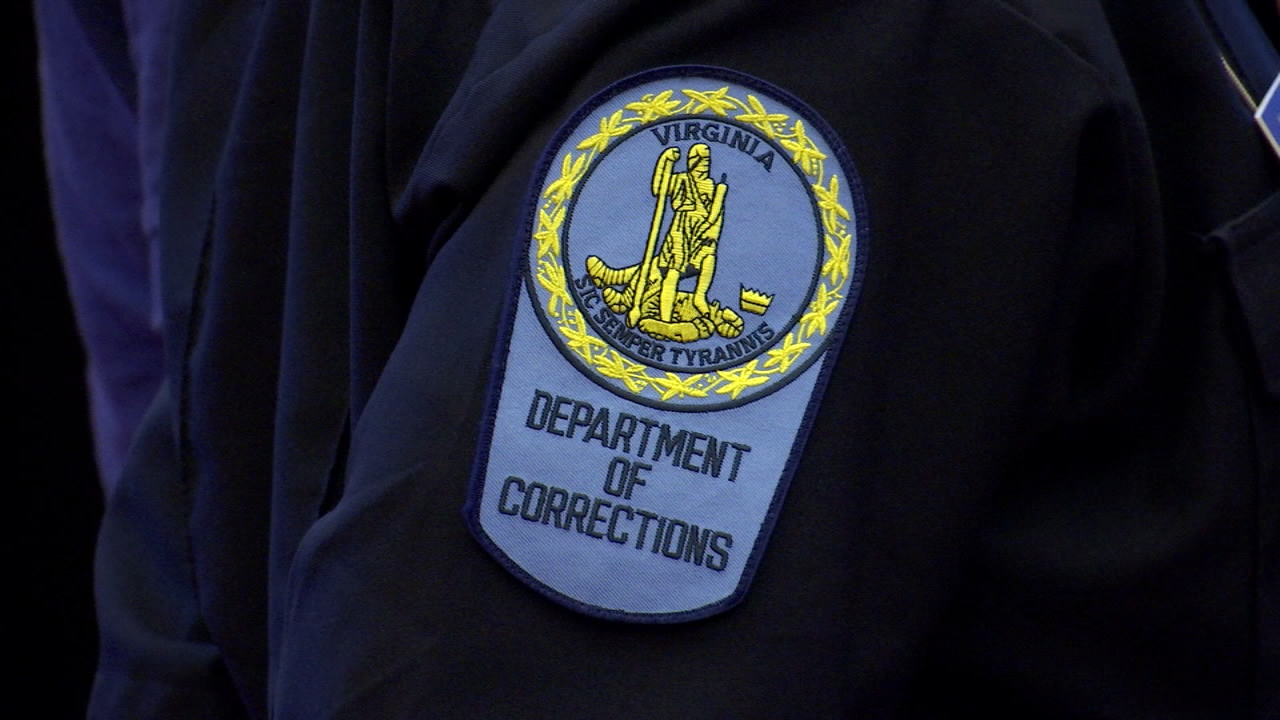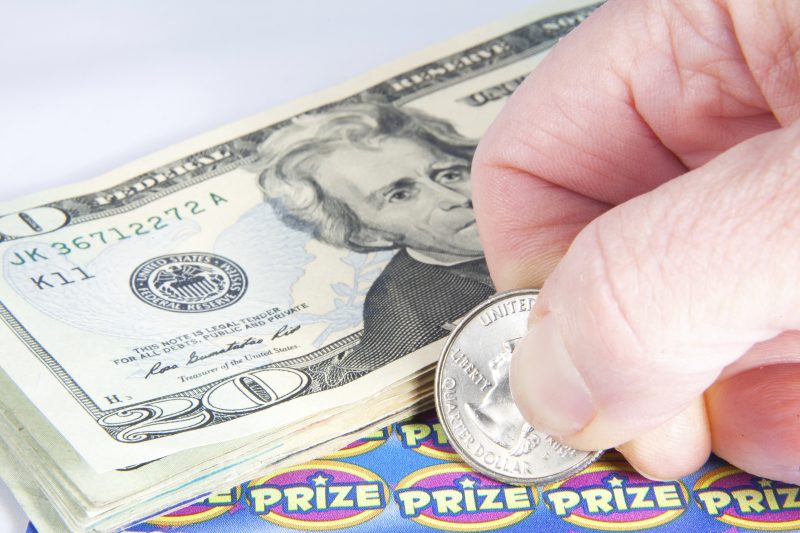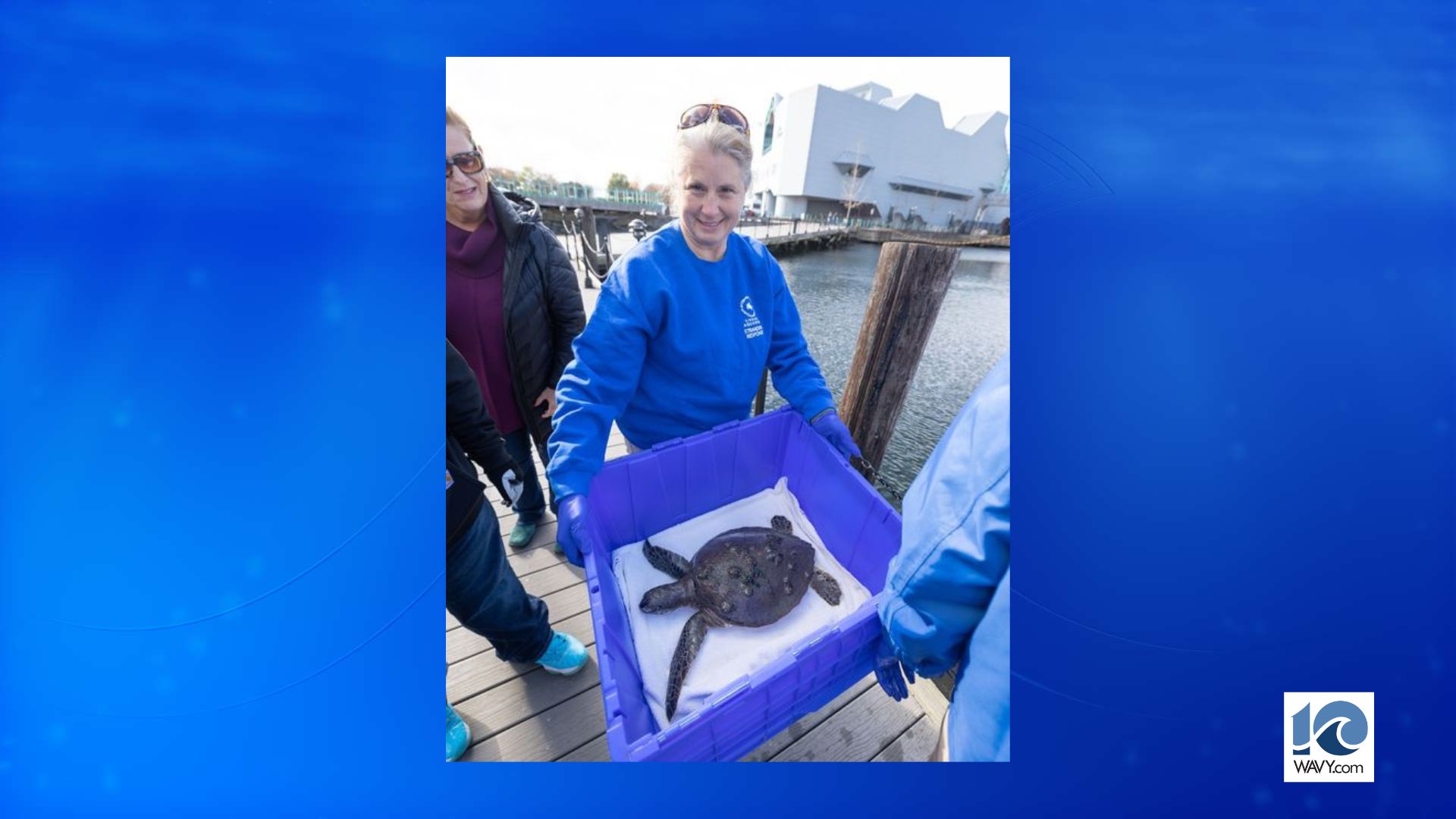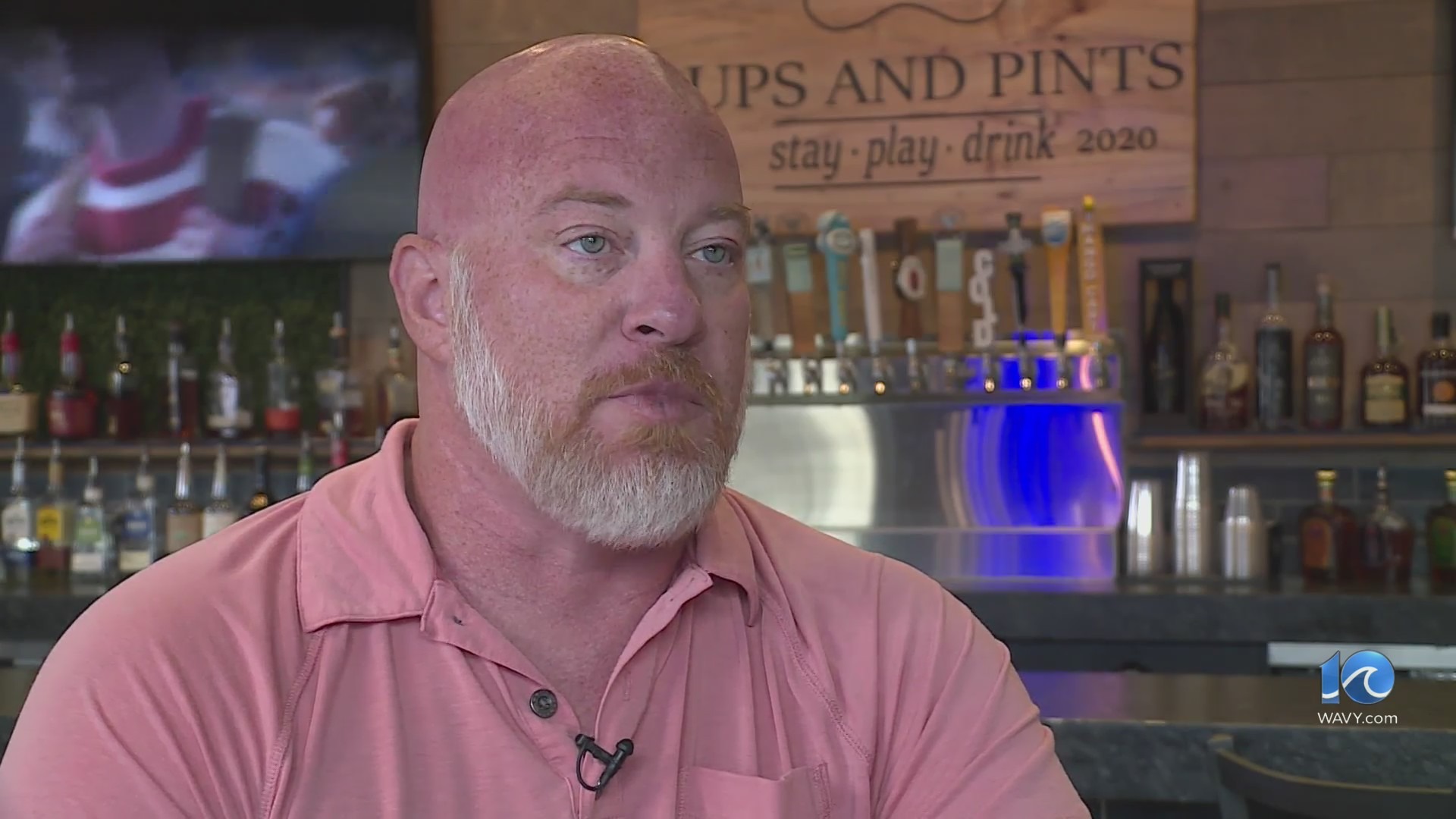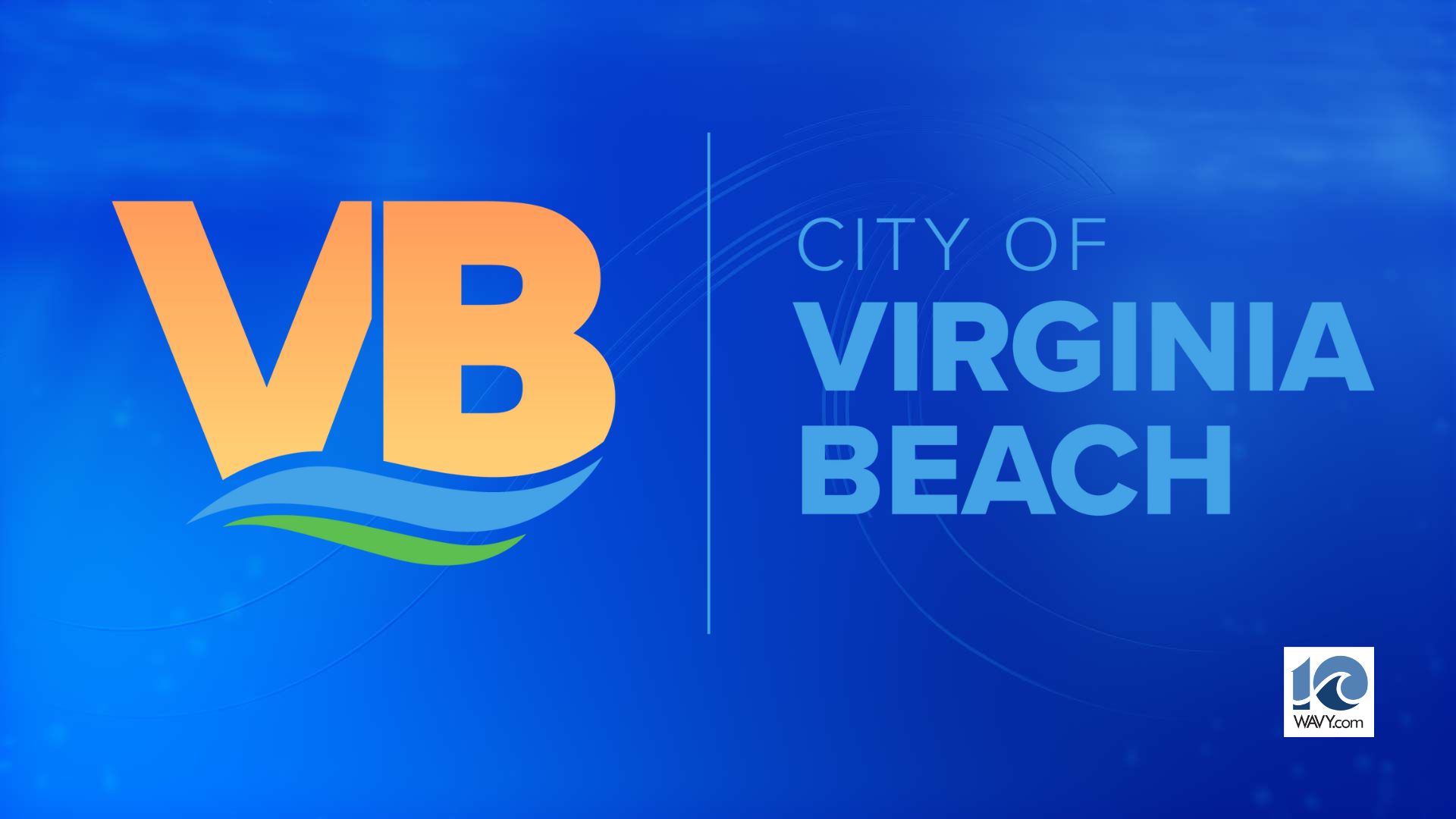JAMESTOWN, Va. (WFXR) — Virginia’s James River has become a “bucket list” destination for anglers from around the world. They come to the James in search of the fish of a lifetime; a trophy blue catfish.
The James is home to a world-class blue catfish fishery. But, maintaining that fishery comes with a price, a precarious balancing act. Blue cats are not native to the James. They were stocked decades ago to provide expanded fishing opportunities. Fisheries biologists who oversee the James River have to manage for a trophy fishery, while trying to limit an ever-growing biomass that has had an impact on native species.
The economic impact, the James supports a multi-million dollar sport fishing industry, and the recreational opportunity makes it all worth it.
“Sometimes they will breach out of the water like a marlin would,” said blue cat fishing guide and owner of Nautical Pride Sport Fishing, Adam Cook. “I mean it’s a sight to see. These fish are very athletic, and when they get above 30 pounds, they are the biggest and baddest fish that swims in North America.”
Blue catfish get big. A 50 pound fish is common. fish nearing 100 pounds are caught on a regular basis.

While the trophy fishery has grown, so has the overall population of blue cats in the James. They have had an impact on native fish species. Now, fisheries managers are taking action to curtail the biomass while preserving the trophy fishery.
“We’re not looking to push the population way down,” said Virginia Department of Wildlife Resources (VDWR) Tidal Rivers Fisheries Biologist Margaret Whitmore. “We just want to get it under control so that we can support our fisheries, and we can still protect our native fisheries.”
Fewer blue catfish will also mean bigger blue catfish. Thinning the herd, so to speak, will mean less competition among blue cats for forage. That should allow the trophy fishery to thrive.
“Recreational and commercial harvest is helping us reduce those abundances so that we can support a trophy fishery,” Whitmore said.
Harvest of smaller fish is being encourage by VDWR.
“They’re really tasty,” said Whitmore.
That was echoed by Cook: “The smaller ones are good to eat, really good.”

The Virginia Department of Agriculture and Consumer Services is also involved. The agency supports commercial harvest on the James. It is seen as a growth industry that can provide sustainable seafood and contribute to Virginia’s economy, while helping the trophy fishery to continue. And that trophy fishery is vital, sustaining jobs and tourism.
“It’s a great experience for families, kids, and people that just overall enjoy the tug of a trophy-class fish,” said Cook. “Trophies are what it’s all about, this is why people come here.”





